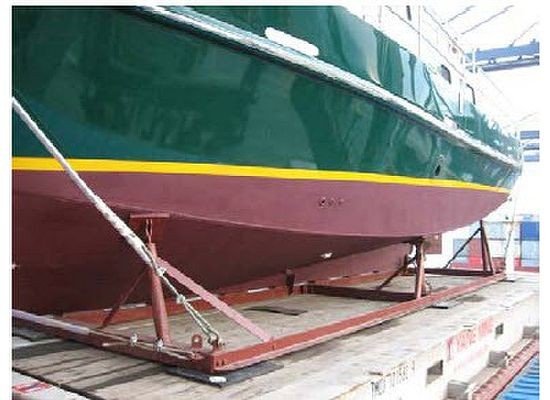JohnP
Guru
- Joined
- Dec 13, 2009
- Messages
- 1,361
- Location
- USA
- Vessel Name
- V E N T U R E
- Vessel Make
- 1996 36' Island Gypsy Classic
I am installing a (new to me) 4kw generator driven by a 2 cylinder Yanmar engine.
I plan on installing it centerline aft of the engine close to the bulkhead that separates the engine compartment from the lazerette.
It has a 2" exhaust outlet and I will be using a water lift muffler.
Any pros and cons on just taking the short route out the side of the hull, or should I go aft and out the transom under the swimplatform like the main engine?
JohnP
I plan on installing it centerline aft of the engine close to the bulkhead that separates the engine compartment from the lazerette.
It has a 2" exhaust outlet and I will be using a water lift muffler.
Any pros and cons on just taking the short route out the side of the hull, or should I go aft and out the transom under the swimplatform like the main engine?
JohnP

